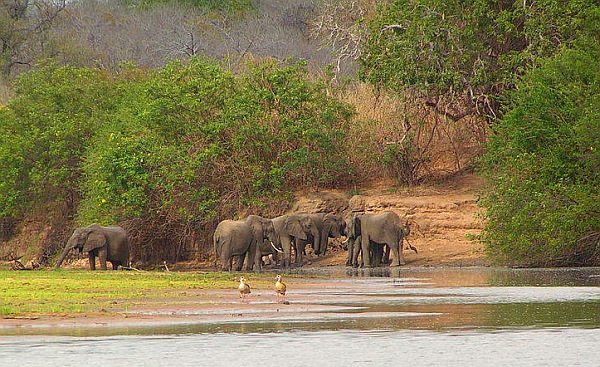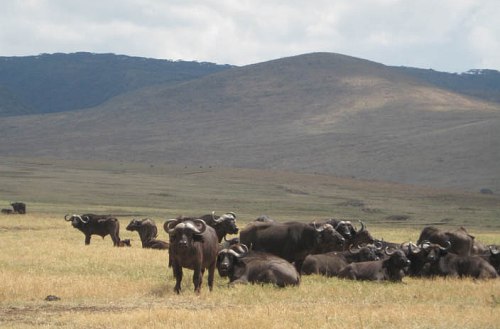
Location : South Tanzania
Coordinates 9°0′S 37°24′E / 9.000°S 37.400°ECoordinates: 9°0′S 37°24′E /
9.000°S 37.400°E
Area 44,800 km˛
Established 1922
A UNESCO World Heritage Site
There are so many reasons why the Selous is remarkable. With an area of 55,000 sq km, or 5% of Tanzania's land surface, the Selous Game Reserve is one of the largest protected areas of the world. To give you an indication of how large it is, it is larger than Switzerland or Denmark and is uninhabited and little touched by human interference. The wildlife is spectacular and it houses the largest mammal populations in Africa. Nowhere else can you make boat safaris through more spectacular wildlife concentrations. Visitors are also permitted to take walking safaris with an armed ranger, which is not possible in Tanzanian National Parks.

Outstanding features include Rufiji, Beho Beho and Ruaha River. These provide the eco system with the much needed water and also contribute to the marshy conditions found within the Reserve. The Rufiji River splits the eco-system into two distinct parts. Stiegler's Gorge which is 100, deep and 100m wide is a magnificent natural feature with a rickety and gut wrenching cable car that ferries safari vehicles across the the river. This is not for the feint hearted.
The reserve is home to over half of Tanzania's elephant population, as well as significant numbers of buffalo, wild dog and hippo, as well as lion, leopard and plenty of lesser game. This is a bird lover's paradise with over 350 species of bird. To give you an indication of the numbers - 120 000 buffalo, 150 000 wildebeest, 50 000 zebra, an estimated half the African population of wild dog, about 4 000 and 50 000 impala.
Selous National Park was named after Englishman Sir Frederick Selous, a famous big game hunter and early conservationist, who died at Beho Beho in this territory in 1917 while fighting against the Germans during World War I. Scottish explorer and cartographer Keith Johnston also died at Beho Beho in 1879 while leading a RSGS expedition to the Great Lakes of Africa with Joseph Thomson. The Selous was designated a UNESCO World Heritage Site in 1982 due to the diversity of its wildlife and undisturbed nature.
Some of the typical animals of the savanna (for example elephants, hippopotami, African Wild Dog, cape buffalo and crocodiles) can be found in this park in larger numbers than in any other African game reserve or national park.
Interesting places in the park include the Rufiji River, which flows into the Indian Ocean opposite Mafia Island and the Stiegler Gorge, a canyon of 100 metres depth and 100 metres width. Habitats include grassland, typical Acacia savanna, wetlands and extensive Miombo woodlands. Although total wildlife populations are high,[1] the reserve is large and densities of animals are lower than in the more regularly visited northern tourist circuit of Tanzania.
Walking safaris are permitted in the Selous, and boat trips on the Rufiji are a popular activity. A boundary change to allow the use of uranium deposits has been approved.[2] The approval for the boundary change was given by the UNESCO and seriously criticized by environmentalists and organizations e.g., Uranium-Network[3] and Rainforest Rescue.[4]
